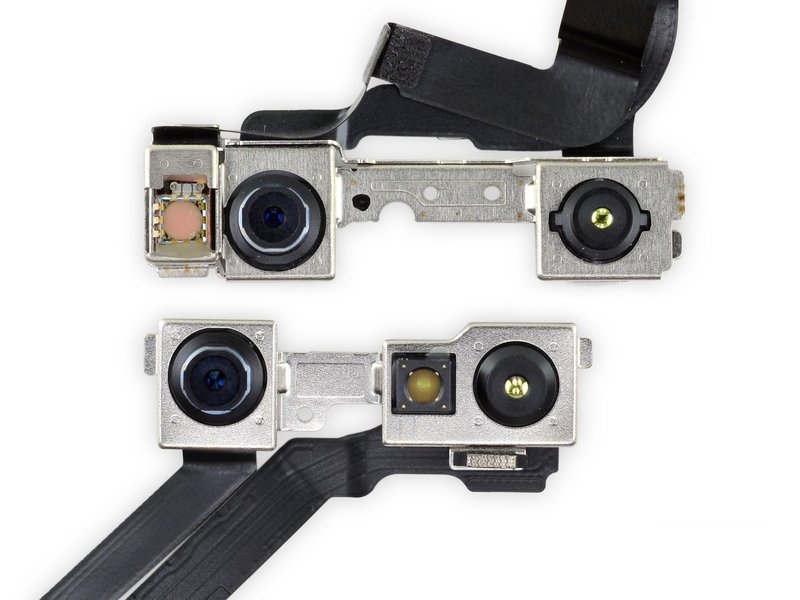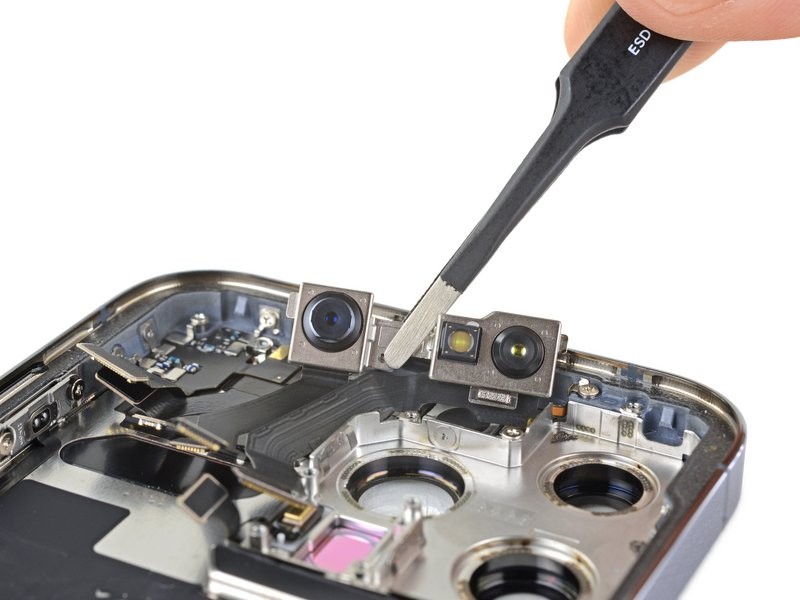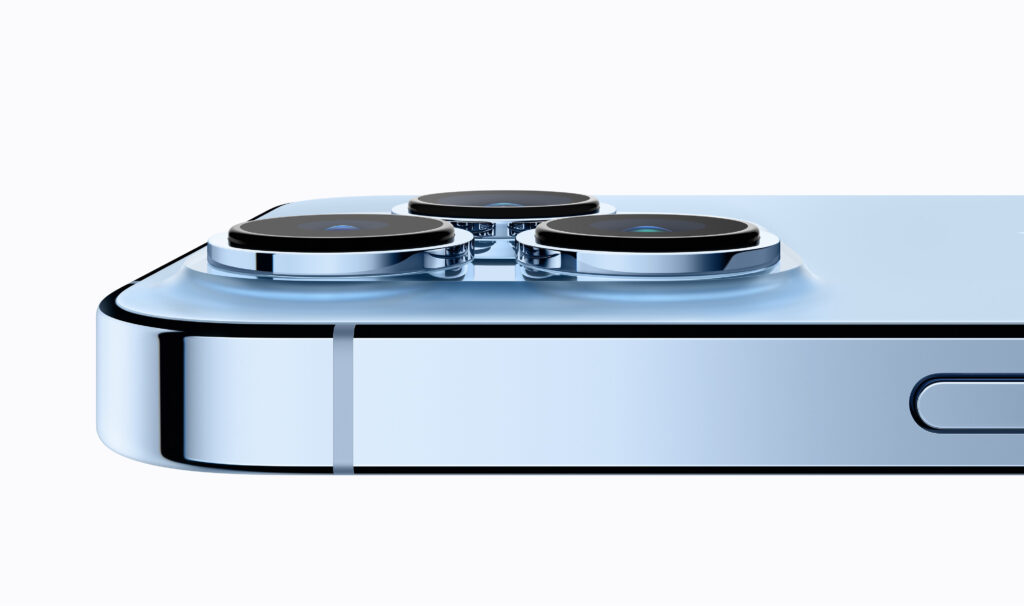A teardown by iFixit has revealed that the size reduction of the notch across the entire Apple iPhone 13 lineup has been made possible thanks to a new Face ID array that combines the flood illuminator and dot protector into a single module. This is accompanied by the transfer of the earpiece speaker from the notch to the top bezel.
The folks at iFixit had shared these details following a live stream of the in-depth iPhone 13 Pro teardown process on Friday. They also gave the phone a repairability rating of just 5/10, which is down from the 6/10 for the iPhone 12 Pro last year.

Further, iFixit explained that the dot projector in the front-facing camera has “moved from the edge to the center of the module this year.” The flood illuminator has been integrated into this new module, thus moved from its previous position in the display. iFixit also confirmed that a display replacement would break Face ID.
“Face ID works even when we disconnected the front sensor assembly. However, any display replacement knocks out Face ID. We tried transferring the sensors from the old display and porting over the Face ID hardware, but no dice. It looks like the display is serial-locked to the phone.”

Apple might also be using a new touch-integrated OLED panel this year in the iPhone 13 Pro, the teardown revealed. The tech basically combines the OLED and touch layers of a display, which reduces cost, thickness, and the materials required.
One particularly annoying change you might have to put up with if you ever decide to take matters into your own hands and attempt an iPhone repair yourself is that the top speaker’s standoff screws are trapped under the logic board. This means that you’ll have to remove the board to swap the speaker. This change has been due to the moving of the earpiece speaker to the top bezel.

All in all, these changes are exactly what has led to the drop in the repairability rating. This, combined with the following red marks against the iPhone 13’s repairability:
- No easy way to replace the rear glass. Broken glasses are still a common occurrence despite the improvements in durability over the years.
- Software component pairing that needlessly complicates the repair process and reduces the credibility of third-party repairs.
If interested in the complete iFixit iPhone 13 Pro teardown, just head over to this link.
RELATED:
- Apple launches a Limited Edition Beats Studio3 Wireless Headphones
- Some Apple suppliers halt production for a few days in China due to energy crisis
- Apple’s latest software update for the iPhone 13 and new iPads fixes Music bug
- Apple confirms to bring full support for 120Hz in iPhone 13 Pro series third-party apps







